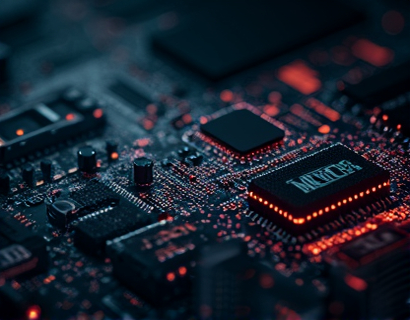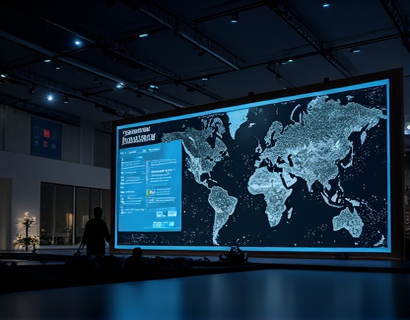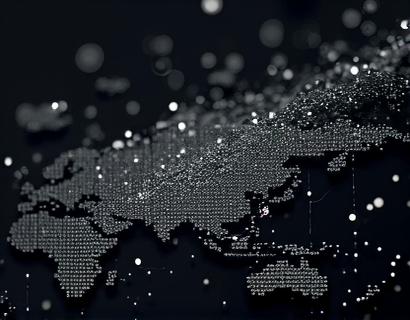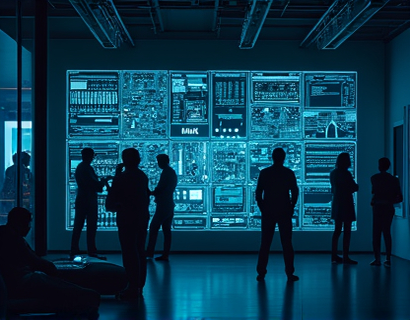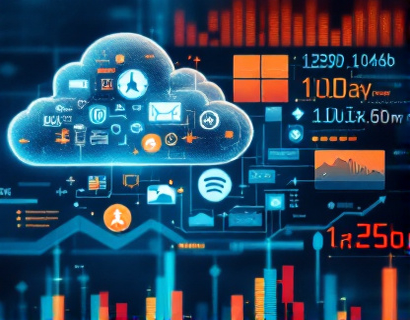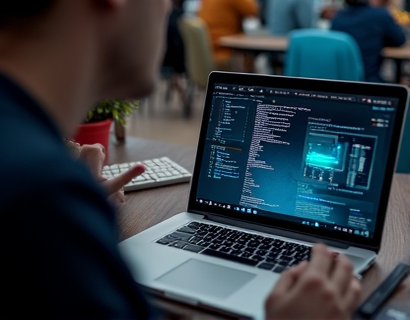Decentralized Productivity: Turbo-Charged with AI and Crypto Integration
The intersection of artificial intelligence and cryptocurrency is giving birth to a new era of decentralized productivity tools. These cutting-edge technologies, when combined, offer unprecedented opportunities to enhance efficiency and user experience. This article delves into the transformative potential of AI and crypto integration, exploring how these advancements are reshaping the digital landscape and redefining the way we approach work and productivity.
Understanding Decentralization in Productivity Tools
Decentralization, at its core, refers to the distribution of functions, processes, or activities away from a central authority. In the context of productivity tools, decentralization means moving away from centralized servers and platforms to a network of nodes that work together to provide services. This shift brings several advantages, including increased security, reduced latency, and greater resilience against failures.
Traditional productivity tools often rely on centralized servers, which can become bottlenecks and single points of failure. Decentralized tools, on the other hand, distribute tasks and data across a network of nodes, ensuring that no single entity has control over the entire system. This not only enhances security by making it harder for malicious actors to compromise the system but also improves performance by reducing the distance data needs to travel.
AI: The Brain Behind Decentralized Productivity
Artificial intelligence plays a crucial role in enhancing the capabilities of decentralized productivity tools. AI algorithms can process vast amounts of data, learn from patterns, and make intelligent decisions, all of which are essential for optimizing workflows and user experiences. In a decentralized environment, AI can be deployed at the edge, closer to the users, to ensure real-time processing and minimal latency.
One of the key applications of AI in decentralized productivity is automated task management. AI can analyze user behavior, predict workloads, and automatically allocate resources and tasks to the most suitable nodes in the network. This not only streamlines workflows but also ensures that tasks are completed efficiently and effectively.
Enhancing User Experience with AI and Crypto
The integration of AI and cryptocurrency in productivity tools significantly enhances user experience. Cryptocurrency, with its inherent properties of transparency and immutability, can be used to create trustless systems where users can collaborate without intermediaries. This reduces friction and increases trust among users, leading to a more seamless and enjoyable experience.
AI-driven interfaces can adapt to individual user preferences and behaviors, providing personalized recommendations and automating repetitive tasks. For instance, an AI-powered virtual assistant can manage calendars, schedule meetings, and even draft emails based on context and user habits. This level of personalization not only saves time but also reduces cognitive load, allowing users to focus on higher-value tasks.
Security and Privacy in Decentralized Productivity
Security and privacy are paramount in any productivity tool, and decentralized solutions powered by AI and cryptocurrency offer robust protections. Blockchain technology, the backbone of cryptocurrency, ensures that data is immutable and tamper-proof. Each transaction or data entry is recorded in a block that is linked to the previous block, creating a chain that is nearly impossible to alter without detection.
AI can further enhance security by detecting and mitigating threats in real-time. Machine learning algorithms can identify unusual patterns or behaviors that may indicate a security breach and take proactive measures to protect the system. This proactive approach to security is particularly valuable in a decentralized environment where traditional centralized security measures may not be as effective.
Case Studies: Real-World Applications
Several real-world applications demonstrate the potential of AI and cryptocurrency in decentralized productivity tools. One notable example is a decentralized project management platform that uses AI to optimize task allocation and resource management. The platform leverages blockchain to ensure transparent and secure collaboration among team members, with no need for a central authority to oversee the process.
Another example is a decentralized content creation and distribution network where AI algorithms curate and recommend content based on user preferences and engagement metrics. Creators can publish and monetize their work directly, with cryptocurrency transactions ensuring fair compensation and transparent tracking of royalties.
Challenges and Considerations
While the potential of AI and cryptocurrency in decentralized productivity tools is vast, there are several challenges and considerations to keep in mind. Scalability remains a significant issue, as blockchain networks can struggle to handle high volumes of transactions efficiently. However, ongoing developments in blockchain technology, such as layer 2 solutions and sharding, are addressing these challenges.
Another consideration is the user onboarding process. Decentralized tools can be complex, and educating users about the benefits and mechanics of these technologies is crucial for widespread adoption. Intuitive interfaces and comprehensive documentation can help bridge the knowledge gap and make these tools more accessible.
The Future of Decentralized Productivity
The future of decentralized productivity tools is bright, with AI and cryptocurrency continuing to drive innovation. As these technologies mature, we can expect to see more sophisticated and user-friendly applications that further blur the lines between work and personal life. The ability to seamlessly collaborate, automate tasks, and ensure security and privacy will make decentralized productivity tools an essential part of the digital toolkit for professionals and enthusiasts alike.
In conclusion, the fusion of AI and cryptocurrency is revolutionizing the way we approach productivity. By leveraging the strengths of both technologies, we can create decentralized tools that not only enhance efficiency but also redefine the user experience. As we continue to explore and develop these solutions, the potential for transformative change in the digital landscape is immense.











